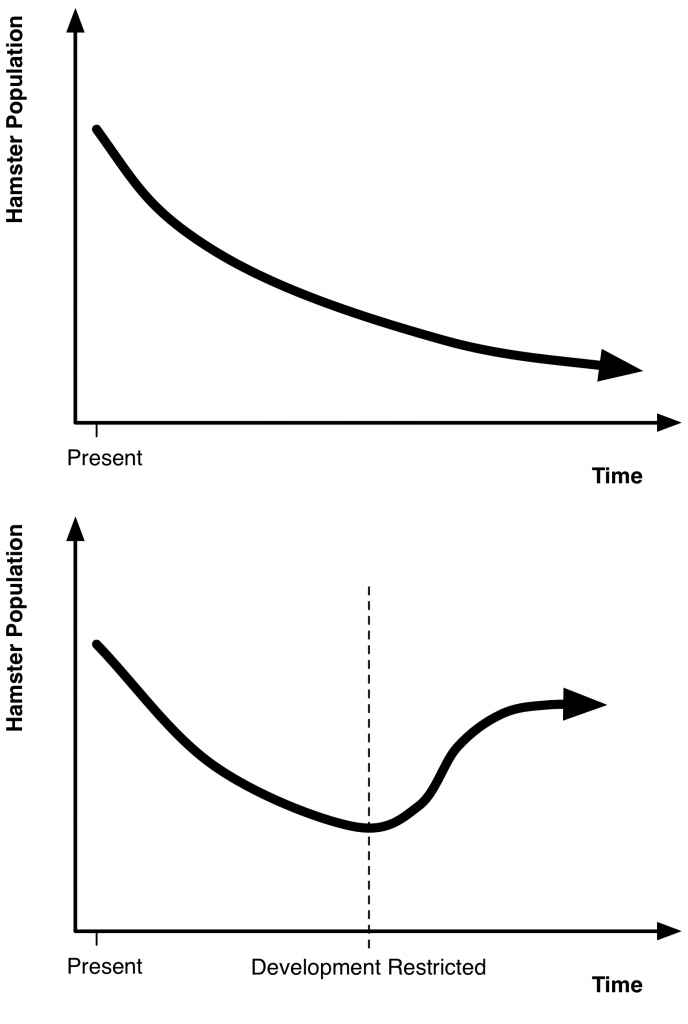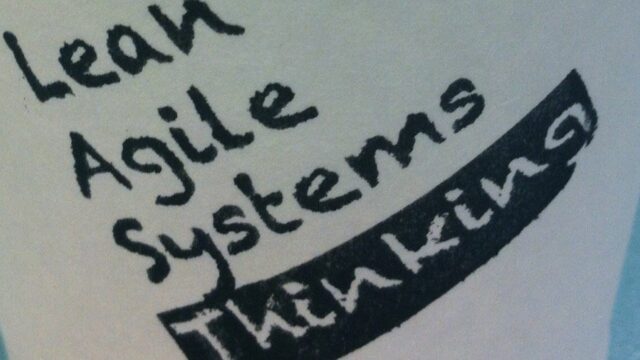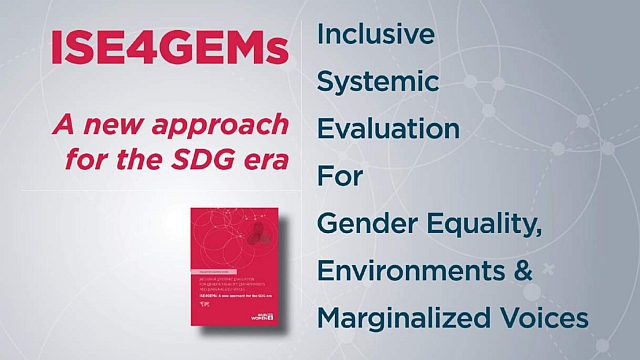
The Process of Modeling: From Mental Models to Simulation Models [Systems thinking & modelling series]
This is part 48 of a series of articles featuring the book Beyond Connecting the Dots, Modeling for Meaningful Results.
Generally speaking, a single individual should be responsible for the design and implementation of a model. Models “designed-by-committee” are understandably suffused with compromise and a greater lack of focus. That said, even though one person is ultimately calling the shots, many voices and perspectives are there to be heard in the modeling process. Ideally a modeling project should be directed by a strong modeler who is not afraid to make decisions or even reject advice. Given the existence of this leadership, the more input there is into a model, the better the resulting model will most likely be.
The people you are working with generally will not be experts in modeling. Even if they are intimately familiar with the system you are attempting to model, it may be difficult to transform their freeform insights into a formal model structure and accompanying numerical equations. In fact, people often have great difficulty communicating and describing their own mental models of a system. A number of useful tools and techniques can be used to help elicit information on people’s mental models. We discuss three of these tools in the following sections.
Reference Mode Diagrams
A reference mode is a graph that plots how the key stocks and variables in the system change over time. The x-axis of the graph is time, and the y-axis shows the values of the variables as they change. Sometimes reference modes are based on historical data, but you can also create them by asking those involved with the system to sketch out how they think the system will behave in different scenarios.
For our hamster model we could start simply by asking our friend to sketch out what he thinks will happen with the hamster population in the future assuming business as usual (remember that the status quo does not mean no-action). When we do this, he sketches out the top graph in Figure 1.

While your friend probably would use different terminology, the curve he sketched immediately looks to us like an exponential decay model. The instant we see this sketch we should start mapping out a stock and flow diagram in our mind to implement this type of model. Your friend does not need to understand any modeling concepts though, he just needs to be able to draw a picture of what he thinks will happen in the future. This is something that is easy to ask most people to do.
Let’s go beyond the simple business as usual scenario. We can also use reference mode diagrams to elicit information on different scenarios. For instance, we have previously been told that development and encroachment on the hamster habitat are key factors reducing the hamster population size. Not only does the development consume key hamster habitat, the construction creates disturbances that have a further negative impact on the hamsters.
We can ask our friend to create a second sketch that shows how the hamster population would respond if development were suspended indefinitely. He responds by drawing the bottom graph in Figure 1. This graph shows the hamster population starting to recover after development stops, initially growing and then leveling off at a certain point.
Again, your friend never said this, but looking at this second drawing we should immediately start thinking of logistic growth models. The leveling off implies that there is some carrying capacity limit for the hamsters. This carrying capacity is probably a function of the available hamster habitat and the disturbances that are going on around the hamsters. We can start to sketch out stock and flow and causal loop diagrams to implement these types of dynamics and reproduce the behaviors our friend has drawn.
These are just two of the reference modes we might ask our friend to think about. We could go on to explore other scenarios and see how he thinks the changes in the scenarios would affect the hamster population. We could also ask him to sketch out other key variables in the system – such as the quantity of food available to the hamsters – to understand how he thinks these key variables interact. We could go on to interview other people familiar with the system and take them through the same process. Ideally, all the reference modes among individual people will agree, but differences in the individuals themselves are also useful in revealing different mental models across our interviewees. Bridging differences will be a key interest of ours as we attempt to develop a persuasive model that will bring everyone on board and gain wide support.
Asking non-modelers to sketch out reference modes is a great technique for several reasons. Reference modes are accessible to laypeople. Force your interviewees to be concrete, and provide you with very useful and actionable material. Really, a reference mode is a projection of an individual’s mental model of the system. They may be unable (or unwilling) to explain their mental model to you in equations or even words, but they generally will be able to describe how they perceive the world using these reference mode diagrams – one small slice of their mental model at a time. Once you have the diagrams, you can proceed to translate them into model structure and equations.
| Exercise 6-3 |
|---|
Draw a reference mode diagram for what you will think will happen to the total human population in the next 100 years. Draw additional reference modes for the following scenarios:
|
| Exercise 6-4 |
|---|
| You are hired by a paper company to create a model of paper consumption in the next fifty years. Draw reference mode diagrams of world paper demand for the most highly likely future scenarios as you see them. Consider the adoption of digital technologies and the decline of print media. |
Pattern-Oriented Modeling
Pattern-oriented modeling focuses on identifying key patterns in the system to be modeled. For example, we may observe a boom-and-bust pattern in our hamster population that is triggered by unusually warm weather. When we develop our model, we formulate relationships and equations that will replicate this boom-and-bust pattern in the simulation.
Developed to help guide the creation of agent-based models, pattern-oriented modeling is very similar in concept to reference modes and system archetypes. Rather than building models around expected dynamic trajectories, however, pattern-oriented modeling builds models to recreate patterns. Sometimes a pattern may be the same as a reference mode. Especially when dealing with agent based modeling you may not be able to define a pattern in terms of the dynamic trajectory of a reference mode. For a good overview of pattern-oriented modeling, see Grimm1.
| Exercise 6-5 |
|---|
| What patterns might you see in how cities are located? |
| Exercise 6-6 |
|---|
| What patterns might you see in the movement of a carnivore like a wolf? In an herbivore like a moose? |
| Exercise 6-7 |
|---|
| What patterns might you see in the movement of a competition between companies in an expanding market? In a contracting market? |
Group Model Building
A group modeling session is a powerful tool to capitalize on the collective thoughts of a group to inform model structure and design. Instead of individually surveying experts and those involved in a system, a group session with many interested parties can be conducted. The term “group model building” is a bit of a misnomer, as generally the model itself will be built away from the group by the facilitator or modeler. The group work will be focused on identifying and ranking key variables and mechanisms, and developing high-level causal loop or stock and flow diagrams. See Andersena and Richardsona2 for a very practical overview of running and facilitating group model building sessions.
Group modeling sessions can also benefit an organization independently of the success or failure of the model itself. You might expect the mental models of individuals within an organization to be aligned. You may also expect the members to share a common objective and understanding of the challenges and requirements to achieve this objective. However, this is often not the case, as different members may hold distinct mental models of the organization’s purpose and operation within the world. Additionally, it is quite possible that these differences may never be realized, as people may fail to adequately communicate their mental model assumptions and beliefs during the course of regular interactions.
The group modeling process can force the concrete discussion and revealing of these mental models, and the impact of the existence of these differences. Once revealed, the various models can be discussed and reconciled, potentially leading to a greater congruity of viewpoints within the group and a greater shared purpose. Vennix, Scheper, and Willems3 carried out a survey of participants in group model building sessions and found that this process led to insights and a shared vision more quickly than occurred in standard meetings.
Next edition: The Process of Modeling: Wrapping It Up.
Article sources: Beyond Connecting the Dots, Insight Maker. Reproduced by permission.
Header image source: Beyond Connecting the Dots.
References:
- Grimm, V. (2005). Pattern-Oriented Modeling of Agent-Based Complex Systems: Lessons from Ecology. Science 310(5750)(nov): 987–991. ↩
- Andersena, D., and Richardsona, G. (1997). Scripts for group model building. System Dynamics Review 13(2): 107–129. ↩
- Vennix, J.A.M, Scheper, W., and Willems, R. (1993). Group model-building: what does the client think of it: 534–543. ↩



